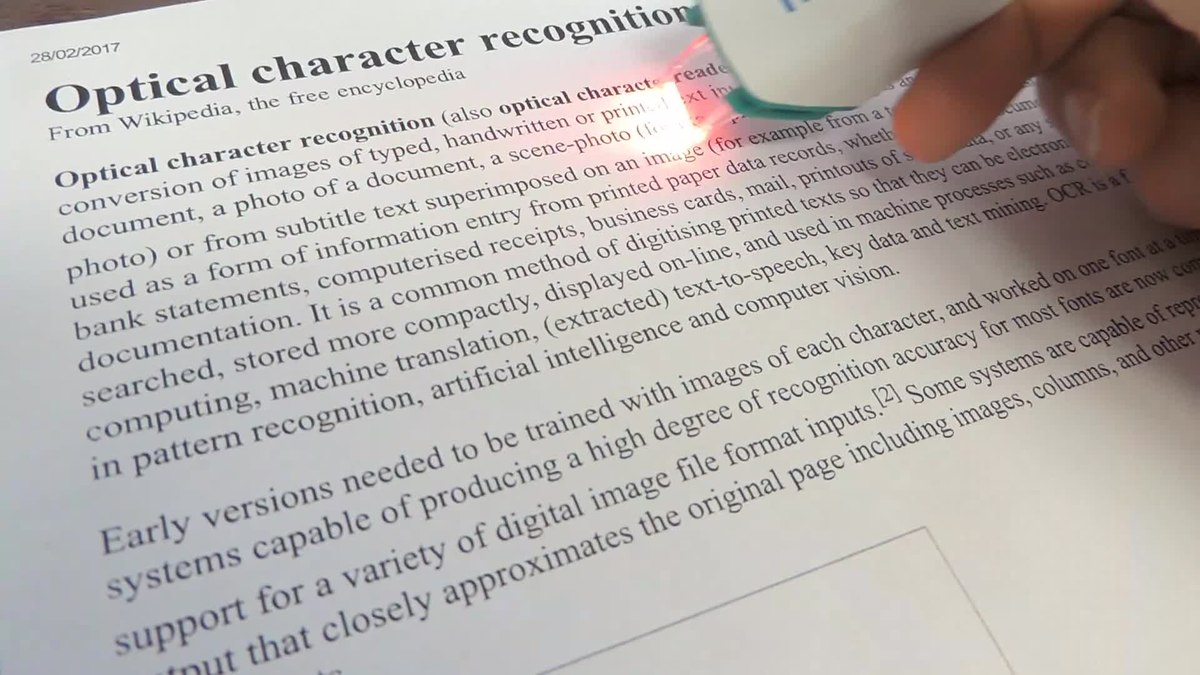In the digital age, the amount of information we consume through images is staggering. Yet, extracting text from these images can be challenging. This is where Optical Character Recognition (OCR) technology steps in. OCR transforms visual information into text, making it easier to search, edit, and analyze. This technology has a wide range of applications in both personal and professional settings.
Table of Contents
ToggleA great example of this technology can be found in online tools like image to text, which help users convert text from images into a readable format. Whether it’s a scanned document, a photograph of a handwritten note, or even text from a billboard, OCR has the capability to make this content accessible in text form.
Applications of Image-to-Text Technology
Image-to-text technology is not just for tech enthusiasts. It has a wide variety of practical applications in everyday life. Here are a few scenarios where it makes a significant difference:
1. Document Digitization
Organizations are constantly looking for ways to digitize their paper-based records. By converting scanned documents into editable text, businesses can streamline their operations. It reduces the need for physical storage, enhances searchability, and makes data backup easier.
2. Accessibility for the Visually Impaired
OCR technology plays a critical role in enhancing accessibility. By converting text in images to a digital format, assistive technologies such as screen readers can read the content aloud, making it accessible for people with visual impairments.
3. Translation and Localization
Travelers and language learners benefit from OCR when they need to translate text from different languages. With the ability to extract text from images, translating street signs, menus, or documents becomes a simple task. This technology is also valuable for companies that operate internationally and need to localize their content.
4. Data Analysis and Research
Researchers often need to extract data from images, such as charts, graphs, or handwritten notes. OCR makes it easier to retrieve this data, allowing for efficient analysis and data manipulation.
How OCR Works: An Overview
The basic concept behind OCR is quite straightforward: it identifies and converts characters within images into text. However, the underlying technology is sophisticated and involves a combination of pattern recognition, machine learning, and artificial intelligence.
- Pattern Recognition: OCR software recognizes common patterns within characters to identify letters and numbers.
- Machine Learning: Over time, the software learns from corrections and improvements, enhancing its accuracy.
- Artificial Intelligence: AI algorithms are used to predict and correct errors, ensuring that the extracted text is as accurate as possible.
This combination of technologies ensures that OCR is robust enough to handle various fonts, languages, and even handwriting.
Challenges and Limitations of OCR
Despite its many benefits, OCR technology does have some limitations. Here are a few common challenges that users might encounter:
- Low-Quality Images: OCR works best with clear, high-resolution images. Blurry or low-contrast images can lead to errors in text extraction.
- Complex Layouts: Documents with complex layouts, such as multiple columns or mixed text and images, can confuse OCR software.
- Handwriting Recognition: While OCR has improved in recognizing printed text, it still struggles with cursive or messy handwriting.
The Future of OCR Technology
As OCR continues to evolve, its accuracy and versatility are expected to improve. Future advancements may focus on addressing current limitations, such as better handling of low-quality images and improved handwriting recognition. Moreover, integrating OCR with other technologies like natural language processing (NLP) could open up new possibilities for content analysis and automation.
With its diverse applications, image-to-text technology is a game-changer in the digital world. Whether you’re looking to digitize your documents, enhance accessibility, or analyze data, OCR has something to offer. If you’re interested in trying out this technology, you can find a reliable online tool like image to text to get started.



